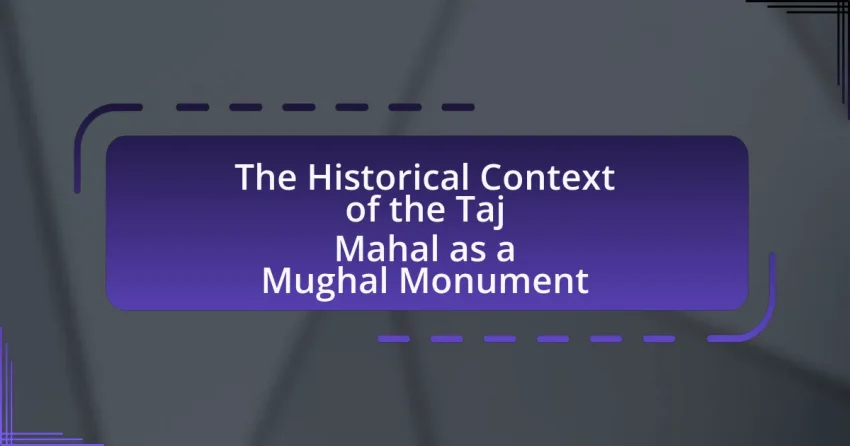The article examines the ethical considerations involved in restoring historic sites, focusing on the balance between authenticity and accessibility. Key topics include the importance of preserving historical integrity, the conflict between maintaining original materials and enhancing public access, and the role of community engagement in restoration projects. It also discusses various restoration approaches, legal frameworks,…
The Sydney Opera House: A Modern Architectural Icon
The Sydney Opera House is a multi-venue performing arts center located in Sydney, Australia, known for its iconic sail-like design by architect Jørn Utzon, completed in 1973. Recognized as a UNESCO World Heritage Site, it serves as a cultural landmark and a major tourist attraction, hosting over 1,500 performances annually across various artistic disciplines. The…
Analyzing the Impact of the Parthenon on Western Architecture
The Parthenon, a former temple on the Athenian Acropolis dedicated to the goddess Athena, is a pivotal structure in Western architecture, exemplifying classical Greek architectural principles such as the Doric and Ionic styles. Its design, characterized by harmony, proportion, and innovative optical refinements, has profoundly influenced subsequent architectural movements, including Neoclassicism. The article explores the…
The Historical Significance of the National Mall in Washington D.C.
The National Mall in Washington D.C. is a historically significant site that symbolizes American democracy and values. It has hosted pivotal events, including Martin Luther King Jr.’s “I Have a Dream” speech during the 1963 March on Washington, and is home to important monuments such as the Lincoln Memorial and the Washington Monument. Established through…
Celebrating Indigenous Heritage: Protecting Sacred Sites
Indigenous heritage encompasses the cultural, historical, and spiritual traditions of Indigenous peoples, playing a crucial role in their identity and community continuity. The article explores the definition and significance of Indigenous heritage, emphasizing the importance of preserving sacred sites, which are vital for cultural identity and environmental stewardship. It discusses the threats these sites face…
The Influence of Colonialism on Historic Sites in Former Colonies
The article examines the influence of colonialism on historic sites in former colonies, highlighting how colonial powers shaped architecture, cultural narratives, and preservation practices. It discusses the architectural styles that emerged from colonial influences, the utilization of historic sites to reinforce colonial dominance, and the lasting impacts on cultural identity and socio-economic disparities. The article…
The Historical Importance of the Great Wall of China
The Great Wall of China is a monumental defense structure with significant historical importance, built primarily to protect Chinese states from invasions by nomadic groups. Spanning approximately 13,170 miles, its construction reflects military strategies, architectural advancements, and the geopolitical landscape of ancient China, particularly during the Qin and Ming Dynasties. The wall served multiple purposes,…
The Evolution of the Tower of London Through the Centuries
The Tower of London, a historic castle established by William the Conqueror in 1066, has played a pivotal role in British history as a royal palace, fortress, prison, and treasury. This article explores the Tower’s evolution over the centuries, highlighting its architectural changes, significant historical events, and its status as a UNESCO World Heritage Site….
Historic Sites as Educational Resources: Curriculum Development
Historic sites are locations of historical significance that serve as valuable educational resources, providing experiential learning opportunities that enhance student engagement and understanding of history. This article explores the role of historic sites in education, detailing how they serve as educational resources, the types of sites commonly used, and the importance of curriculum development for…
The Historical Context of the Taj Mahal as a Mughal Monument
The Taj Mahal, a prominent Mughal monument built in the 17th century, was commissioned by Emperor Shah Jahan in memory of his wife Mumtaz Mahal. This architectural masterpiece exemplifies the zenith of Mughal architecture, showcasing a blend of Persian, Islamic, and Indian styles, and reflects the wealth and power of the Mughal Empire during its…








